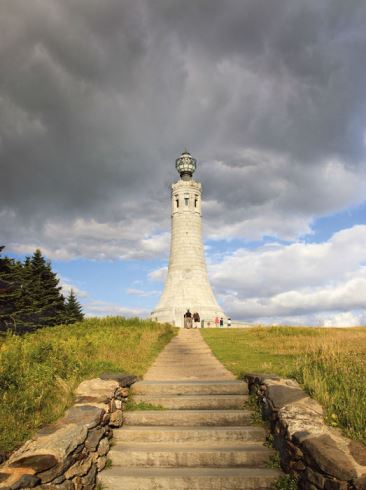One of the nation’s oldest auto routes follows an even older path across beautiful northern Massachusetts.
By Karen Lee Ensley
June 2016
Long before motorhomes were invented, an ancient footpath served as a travel route across what is now northwestern Massachusetts. Known as the Mohawk Trail, the famed path was created more than 10,000 years ago as American Indians walked, hunted, and traded along the region’s winding rivers.
The trail was relocated a bit when European settlers came with their horses and wheeled vehicles. After the advent of cars, in 1914 the Mohawk Trail opened as one of the first auto touring roads in the United States. Today you can use your motorhome’s horsepower to enjoy the picturesque drive past beautiful forests, farmland, and quaint New England towns on your way to or from FMCA’s 94th Family Reunion & Motorhome Showcase, August 3-6, 2016, in West Springfield, Massachusetts.

